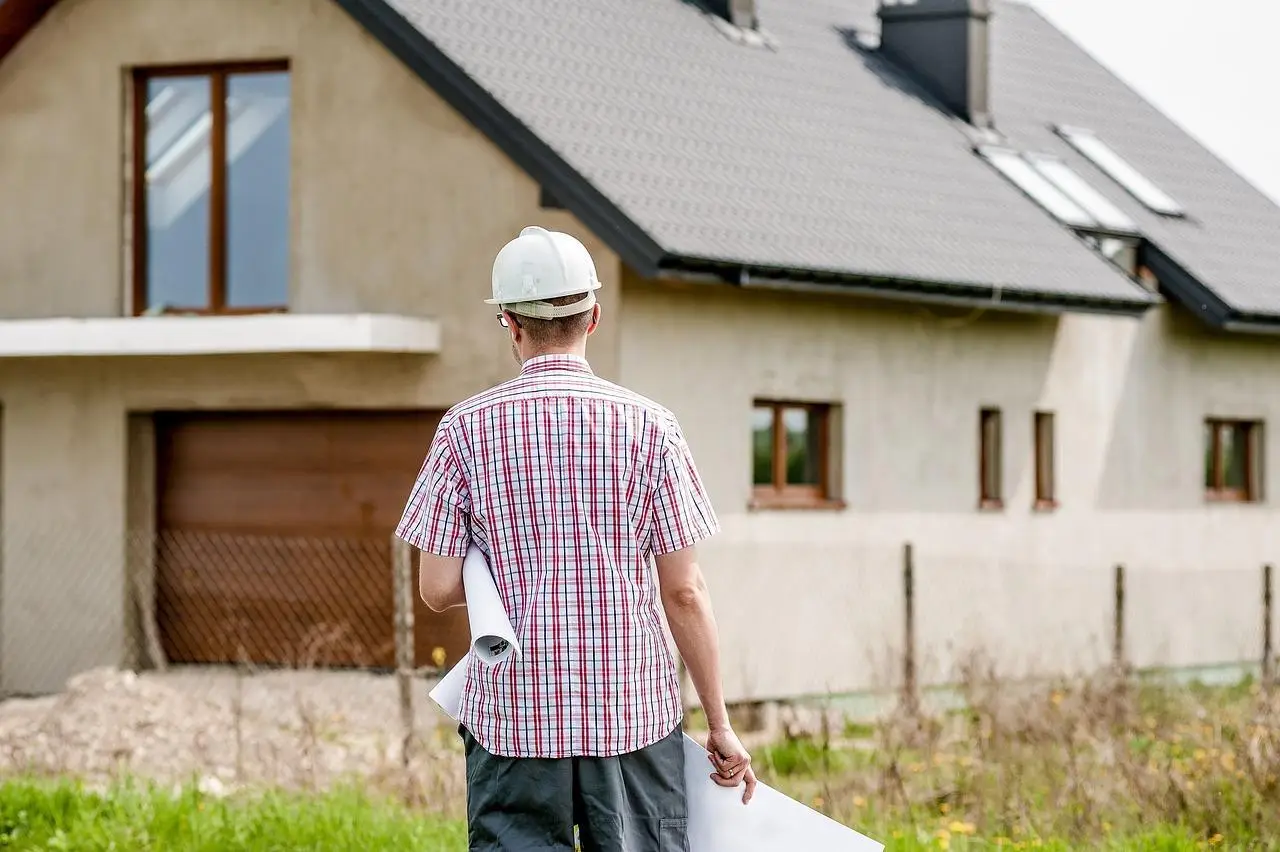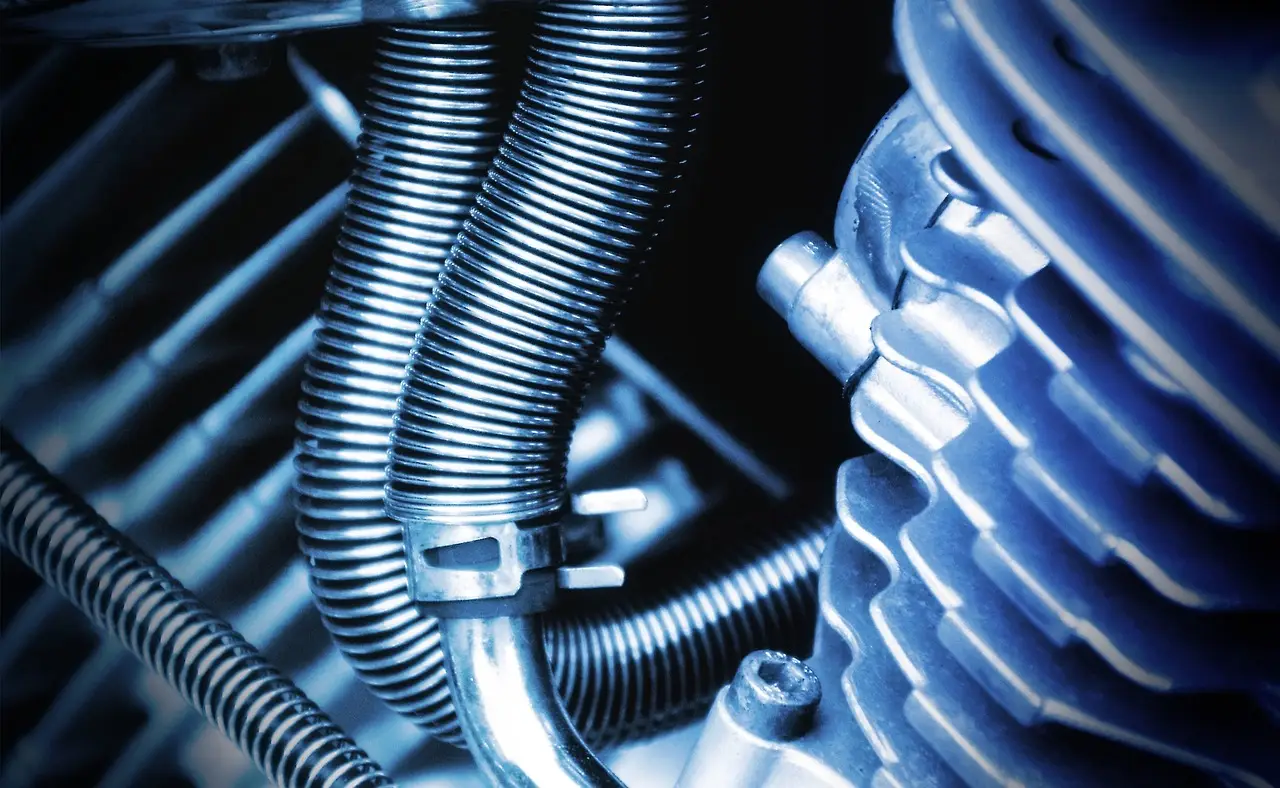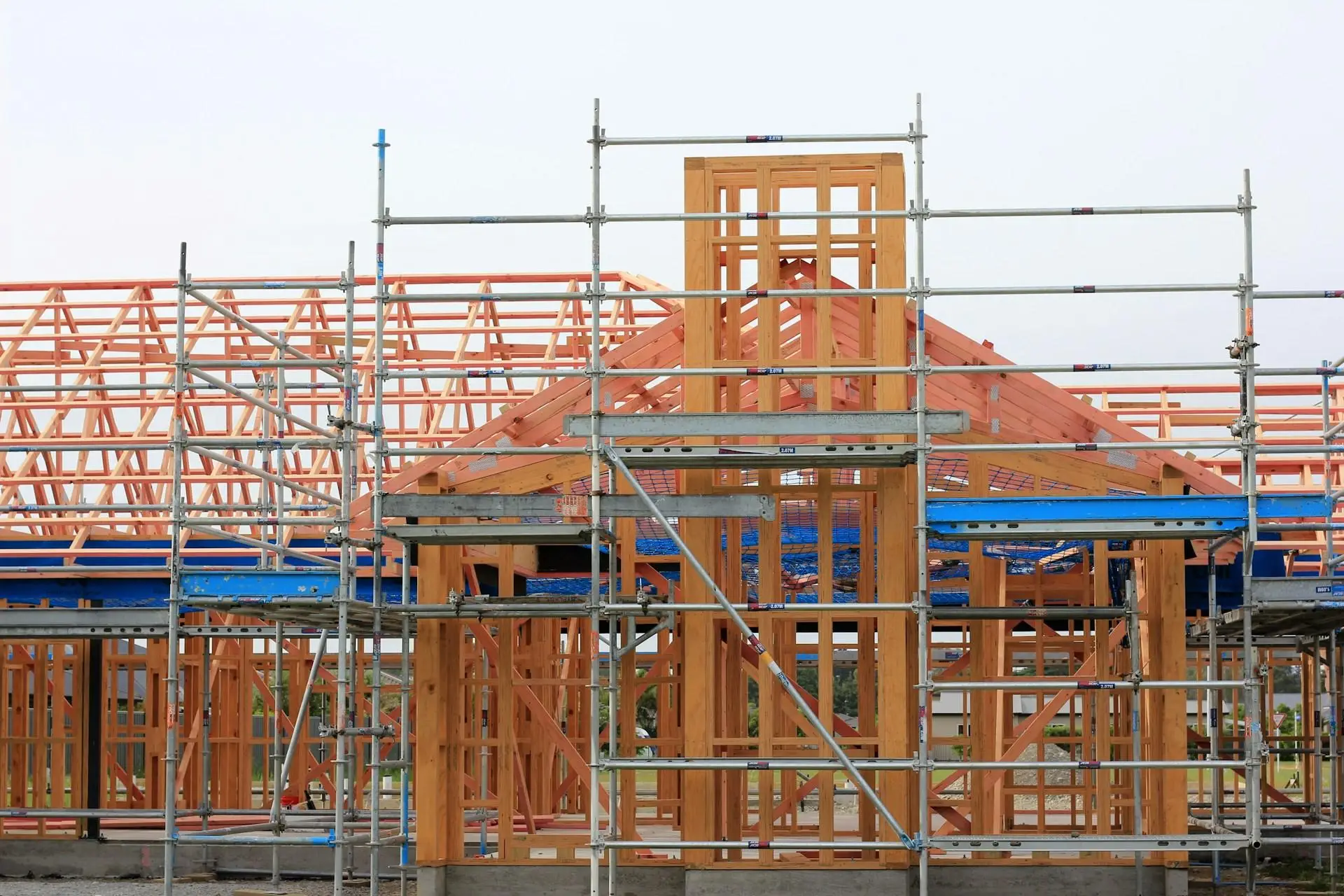Effective Strategies for Managing Home Repairs and Upgrades
Maintaining a home is an ongoing responsibility that significantly impacts its value and livability. Home repairs and upgrades encompass a range of activities, from fixing leaky faucets to renovating entire rooms. These tasks are crucial not only for aesthetic appeal but also for ensuring safety and efficiency. However, homeowners often face challenges such as budgeting constraints, time limitations, and uncertainty about where to start. This article will explore effective strategies for managing home repairs and upgrades, helping homeowners navigate these essential tasks with confidence.
Assessing Your Home's Needs: A Comprehensive Inspection
Before embarking on any repair or upgrade project, a thorough home inspection is essential. This process involves systematically evaluating the condition of various components of the home, including the roof, plumbing, electrical systems, and appliances. Homeowners can begin by creating a checklist that covers key areas to inspect.
Prioritizing Repairs
Once the inspection is complete, it’s crucial to prioritize repairs based on urgency and safety. For example, a leaking roof should be addressed immediately, while cosmetic updates can wait. Using tools such as inspection apps can help homeowners keep track of their findings and prioritize tasks effectively.
Budgeting for Home Repairs and Upgrades
Creating a budget is a fundamental step in managing home repairs and upgrades. Homeowners should start by estimating costs associated with each project. This includes materials, labor, and any additional expenses that may arise.
Cost-Saving Strategies
To manage expenses, consider exploring DIY options for smaller tasks, which can significantly reduce costs. Moreover, obtaining multiple quotes from contractors can help identify competitive pricing. Resources such as local home improvement stores often offer workshops that teach basic repair skills, empowering homeowners to tackle projects themselves.
Choosing the Right Professionals: Contractors vs. DIY
The decision to hire a contractor or take on a project oneself can be daunting. Each option has its pros and cons. Hiring a contractor can provide peace of mind and professional expertise, especially for complex tasks. However, this often comes at a higher cost.
When to DIY
On the other hand, taking a DIY approach can save money and allow for greater creative control. It’s essential to evaluate personal skill levels and the complexity of the task. For example, while changing a light fixture may be manageable, plumbing issues often require professional intervention.
When hiring a contractor, look for qualified professionals by checking their licenses, insurance, and customer reviews. It’s crucial to choose someone with a solid reputation and experience in the specific type of work needed.
Planning and Scheduling Repairs and Upgrades
Effective planning and scheduling can minimize disruptions during home repairs. Homeowners should consider the best times to undertake certain projects, especially those that are weather-dependent. For instance, roofing work is best scheduled during dry seasons to avoid complications.
Project Management Tools
Utilizing project management apps can help homeowners organize multiple projects and track progress. These tools assist in creating timelines and setting reminders, ensuring that tasks are completed efficiently.
Staying Organized: Documentation and Follow-Up
Keeping detailed records of repairs and upgrades is vital for future reference and resale value. Homeowners should document all work done, including photos, receipts, and warranties. This information not only helps in maintaining the home but also provides potential buyers with assurance regarding the quality of the property.
Follow-Up Inspections
After repairs are completed, conducting follow-up inspections is essential to ensure that everything is functioning as intended. This step can help identify any issues that may require additional attention, ensuring that the work meets quality standards.
Sustainable Upgrades: Enhancing Efficiency and Value
In today’s eco-conscious world, many homeowners are looking to implement sustainable upgrades that enhance both efficiency and property value. Energy-efficient appliances, for example, can significantly reduce utility bills over time.
Benefits of Sustainable Practices
Incorporating sustainable materials, such as recycled or locally sourced products, not only benefits the environment but may also qualify homeowners for tax incentives or rebates. These financial benefits can offset some of the initial costs associated with upgrades, making them an attractive option for many.
Building a Maintenance Mindset
To effectively manage home repairs and upgrades, homeowners should cultivate a proactive maintenance mindset. This approach involves regularly inspecting the home, budgeting for future projects, and staying informed about best practices.
By adopting the strategies discussed, homeowners can ensure that their properties remain safe, efficient, and valuable for years to come. Whether it’s conducting a thorough inspection, budgeting wisely, or choosing the right professionals, each step plays a critical role in successful home management.
For more in-depth guidance on home repairs and upgrades, visit this resource. By implementing these strategies, homeowners can navigate the challenges of home maintenance with confidence and ease.





